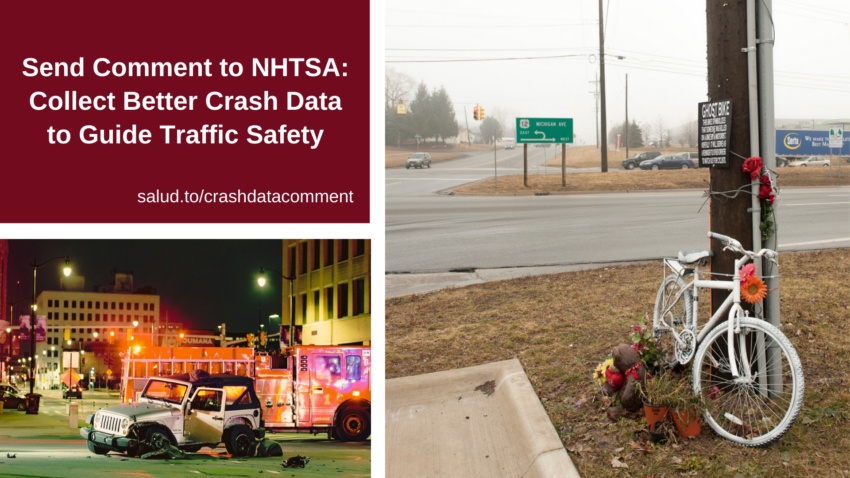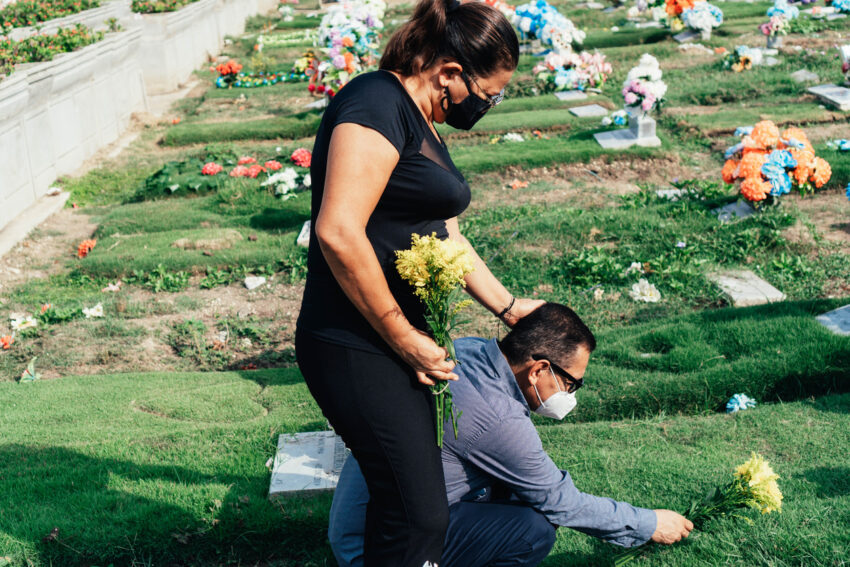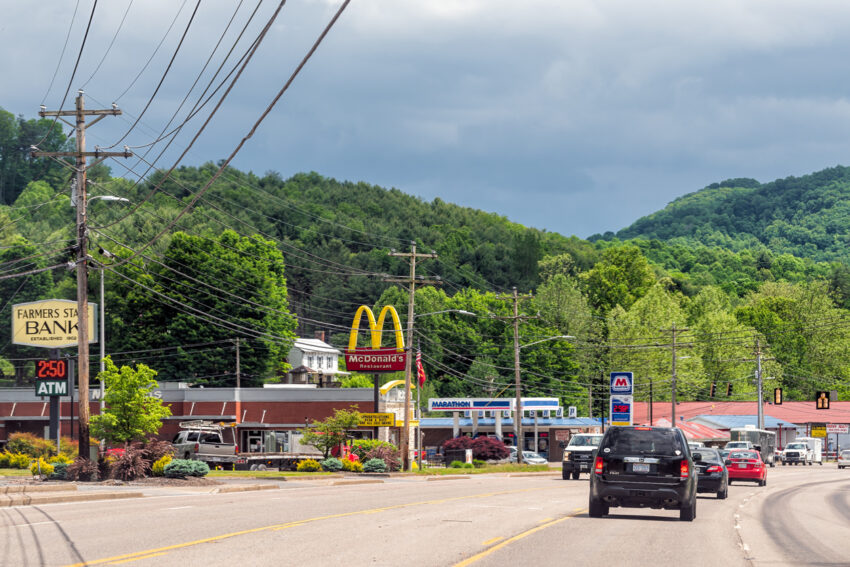We Need More Complete Data on Social Determinants of Health

Data can drive action for healthy change. But what if we don’t have enough data? Or the right data? Or equitable data? Unfortunately, even with more health reports and more health dashboards than ever before, we still face inconsistent and incomplete data. We are lacking sufficient data – especially data disaggregated by race/ethnicity – on social determinants of health, firearm violence, traffic crashes, and adverse childhood experiences. Insufficient data happens for many reasons. Limited funding, limited staff, uncertain methods, logistical challenges, entrenched practices, inadequate analysis, and inadequate or non-uniform reporting after data collection are occurring at the local, state, and federal levels. Let’s explore the most critical missing data and how ...
Read More







